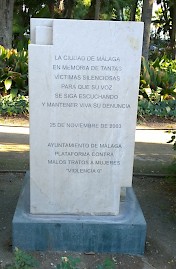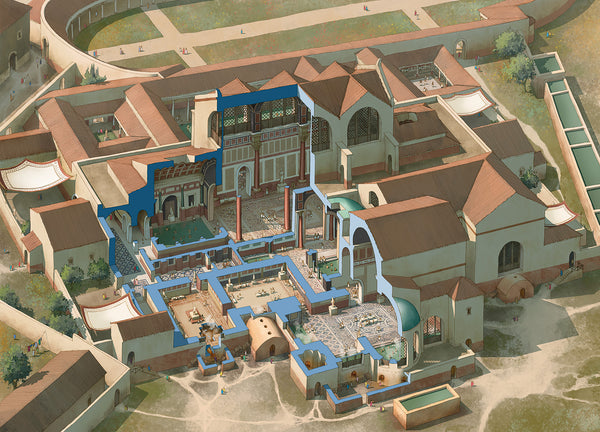Gibralfaro
In my last blog, I discussed my exploration of some of the old Andalucian fortresses in southern Spain. After our visit to Comares, we went to the town of Vélez-Málaga, where we saw the remains of part of a Moor castle and part of the town walls. Much had been reconstructed - the tower was a shell at the turn of the 20th century - and it was hard to tell what was original. However, the reconstruction gave an idea of the scale of the original and (even better) you could climb to the top.
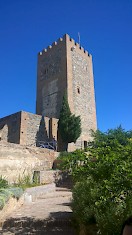
From its top the nearby fortresses of Comares and Bentomiz can be seen. This place would also have had a ringside seat for the naval battle of Vélez-Málaga in 1704, in which over 100 ships of the combined Anglo-Dutch and Hispano-French navies took part. The French kept a garrison here during the Peninsula war.

Our next port of call was the city of Málaga itself. Originally a Phoenician settlement from 700 BC, where a lighthouse stood on top of the hill now called the Gibralfaro (‘hill of the light’ in Phoenician). The Carthaginians were here (as a former Phoenician colony itself, that makes complete sense), then the Romans, followed by the Moors. During the latter period, the two mighty fortresses of Alcazaba (at the base of the hill) and Gibralfaro were built. Linking the two fortresses was a set of double walls called the Coracha, so even if the town was beseiged, supplies could arrive at the port at the base of Alcazaba and be taken up to the Gibralfaro.

The fortress of Alcazaba was impressive, with a long winding path leading up to the entrance to the castle, the later blocked by several gates and surrounded by flanking towers. Any attacker would have had a very hard time getting in as the zig-zagging path allows the defenders to shoot from almost any angle. Again, I suspect much has been reconstructed, but large sections did look original and it is definitely worth a visit even though only 2/3rds of the fortress is open to the public.
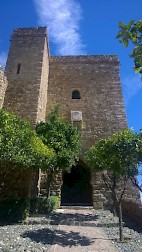
One of the towers (Torre del Christo) was converted into a Christian church post Reconquista. At the top of the Alcazaba was a Moor palace (or more accurately residence, it’s not as grand as the palace in Granada and I presume there’s been a fair bit of reconstruction as well). The layout reminded me of a Roman Villa, with side rooms around central courtyards. On the way out, we took a visit to the recently discovered Roman Ampitheatre.

After a quick meal and a visit to Malaga Cathedral, we climbed the hill which led to the Gibralfaro. Only mad dogs and Englishmen walk in the noon day sun (between 1pm and 3pm local time!), so we went at 4pm! Even so, the temperature was in the 30+ centigrade and it was a long hot climb (some 130 metres at the summit). At the top, the views were simply breathtaking (as if the climb hadn’t already taken its toll…).
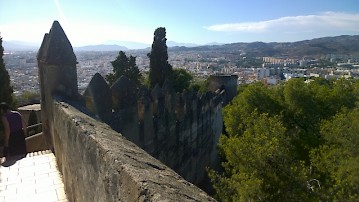
The Gibralfaro itself is a modernised fortress, although it is largely the original Al Andalus fortress underneath. There was an army museum at the top which was very interesting - both for what it said and what it didn’t say… It covered the period from 1500 to 1925… skipping out some very intereresting sections of history. Information prior to the reconquista tends to be scarce or hardly mentioned while every city has large plaques stating when the area was ‘brought back’ into Catholic Spain and by whom. Likewise the Spanish Civil War did not get a mention. Not here at the military museum… surprising, since Franco took Malaga in February 1937 with the help of his Italian allies and the city was subject to some of his most brutal reprisals. I did find one lone monument which speaks volumes…
